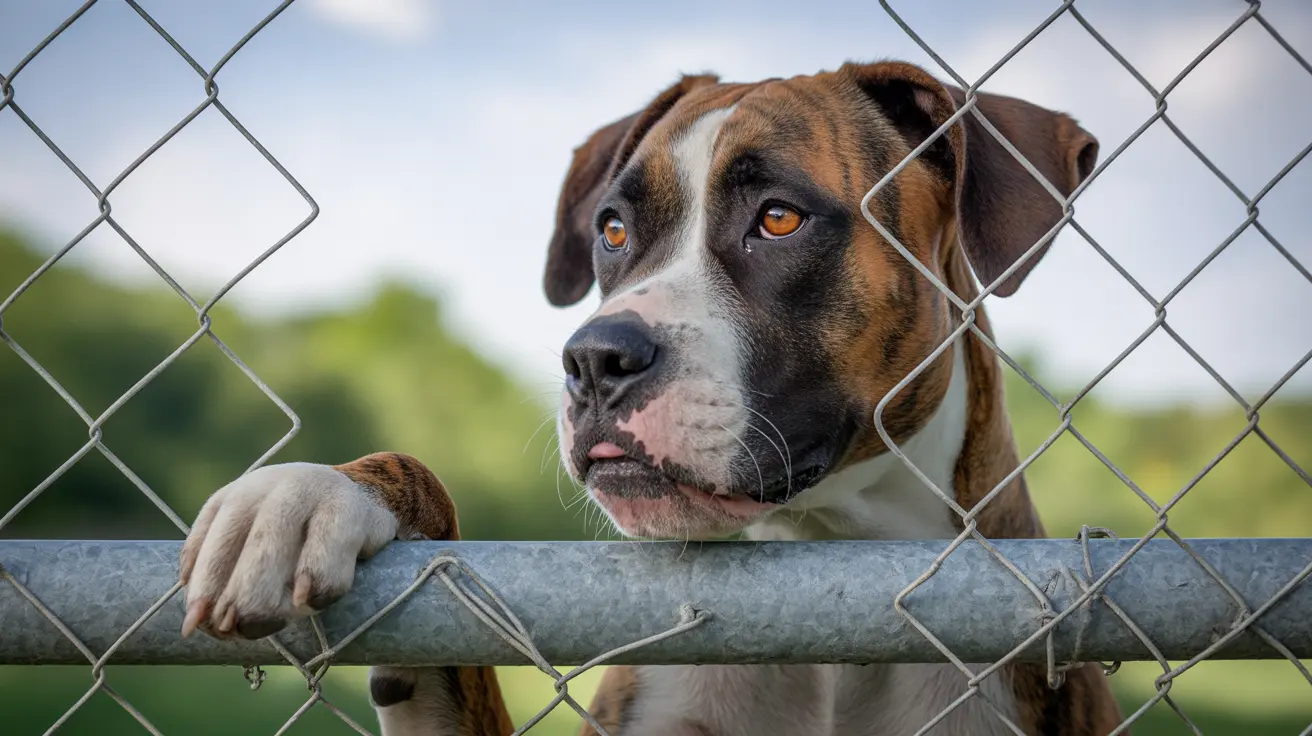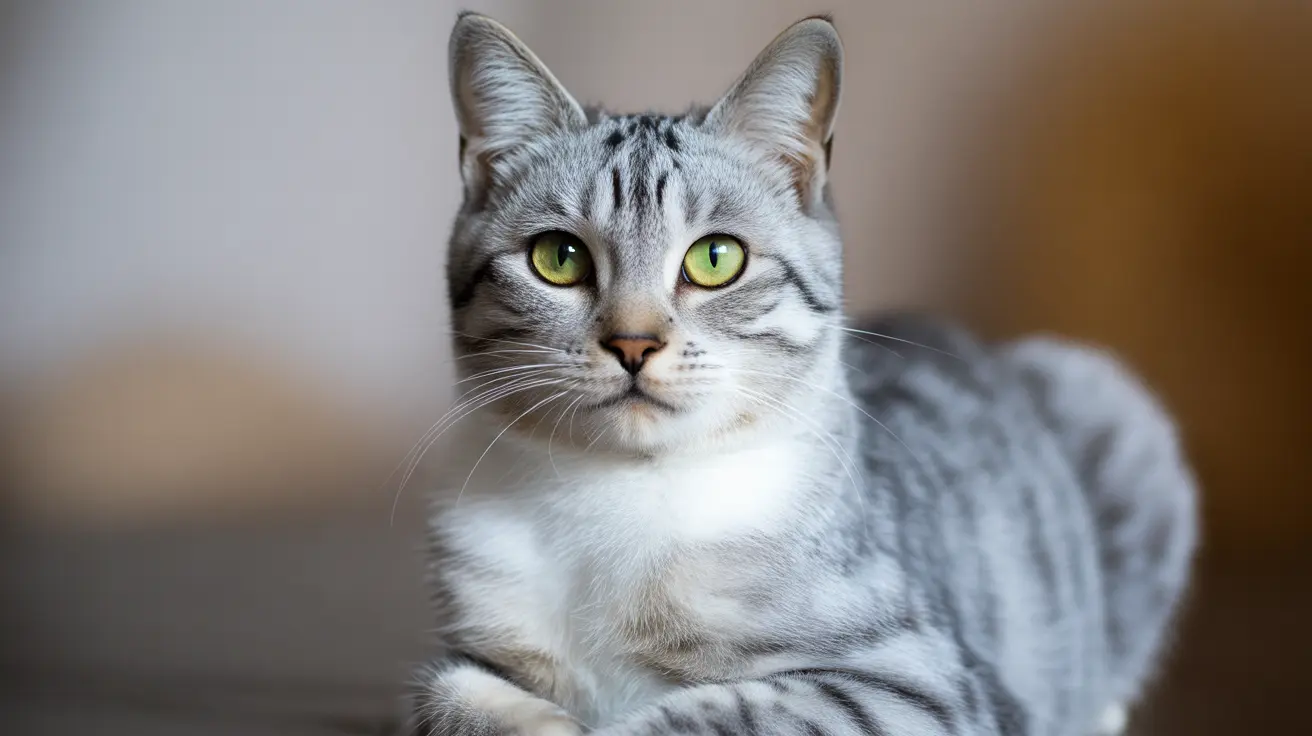Why Cats Dislike Toe Bean Touching: Understanding Feline Sensitivity
Many cat owners are enticed by the irresistible charm of their pet’s toe beans—those squishy paw pads on their feline friends. However, anyone who has attempted to give those delicate pads a squeeze knows one universal truth: most cats really don't like it. But why is that?The Anatomy of Toe Beans
Cats’ toe beans are soft, fleshy pads located on the undersides of their paws. While they may look adorable, they play several crucial roles:- Cushioning: They provide padding when cats walk, jump, or land.
- Traction: The pads help cats grip surfaces and maintain balance.
- Temperature Detection: Toe beans help cats sense temperature and texture.
- Communication: Cats have scent glands in their paws, used to mark territory by scratching.
Why Cats Guard Their Paws
Despite their role in sensory input, cats instinctively protect their paws. Here's why: 1. Sensitivity to TouchCats’ paws are loaded with nerve endings. Just like the soles of human feet, a light touch may tickle or feel invasive. This extra sensitivity can cause a cat to retract their paw or even react aggressively. 2. Instinctual Self-Defense
In the wild, a cat’s survival depends on its paws. Their claws are hidden inside the paw pads and are essential tools for hunting, climbing, and fighting. Touching the paw can feel like a threat to their safety. 3. Lack of Trust or Anxiety
A cat that is not fully relaxed or does not trust the person may react negatively to paw contact. Touching the toe beans may be seen as crossing a personal boundary.
Situations When Cats Might Accept It
While most cats resist having their toe beans touched, some may tolerate it under certain conditions:- Early socialization: Kittens handled gently during early development are more likely to tolerate paw handling.
- Training: Gradual conditioning with treats and positive reinforcement can encourage acceptance.
- Medical necessity: Some cats tolerate paw handling during vet visits or grooming if it's done carefully.
- Trust-building: Cats who trust their owners deeply may allow limited interaction with their paws.
How to Safely Handle Your Cat’s Paws
If you need to inspect or groom your cat’s feet, use the following tips to minimize stress:- Start Slowly: Begin by petting other parts of their body to gauge comfort level.
- Use Calm Voice and Movements: Speak softly and move slowly to prevent startling your cat.
- Reward Positively: Always follow handling with treats or praise to strengthen positive associations.
- Check Regularly for Injury: Make short, gentle paw checks part of routine petting.
When to Be Concerned
If your cat suddenly becomes excessively protective or shows signs of pain when you approach their paws, it may indicate injury or infection. Look for:- Swelling or redness
- Bleeding or discharge
- Reluctance to walk
- Excessive licking of toes or paw pads





